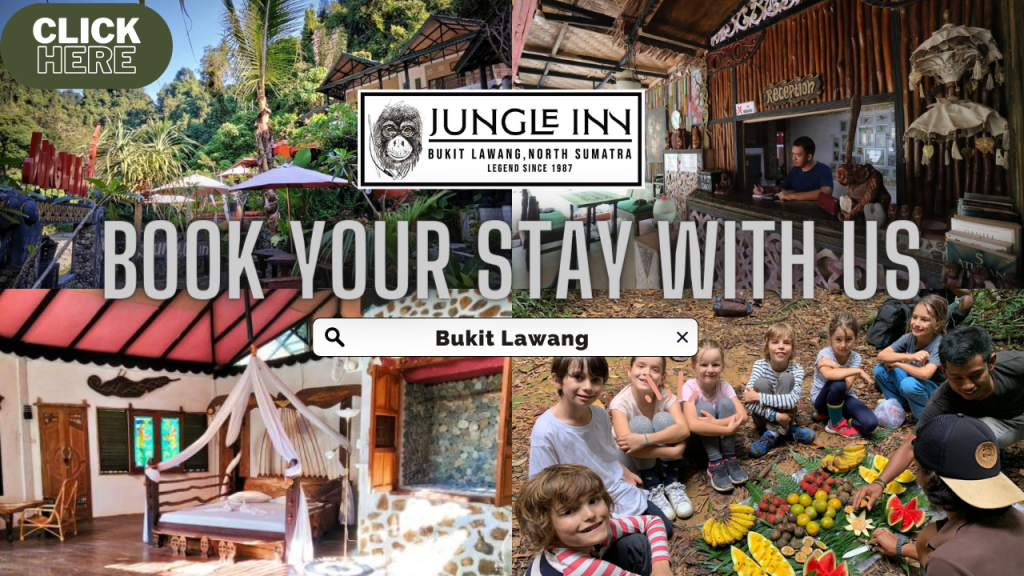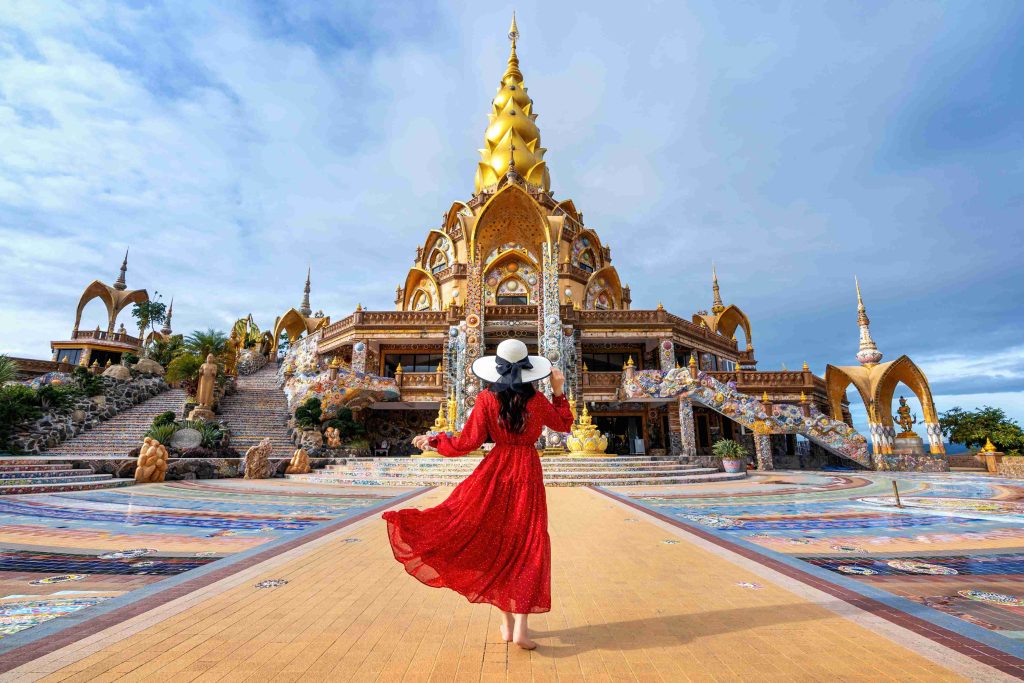The Golden Triangle is so named due to its geographical location where the borders of three countries meet – Thailand, Laos, and Myanmar. The region is primarily defined by the confluence of two great rivers: the Mekong and the Ruak River. The Mekong River, the lifeblood of Southeast Asia, meanders through this area, nurturing the fertile lands and connecting the communities along its banks.
Historically, the Golden Triangle was notorious for being a major hub of opium production and trade. During the 19th and 20th centuries, opium production became one of the primary sources of income for local farmers. This trade not only influenced the region’s economy but also had significant socio-political ramifications.
Discovering the Hidden Charms of the Golden Triangle

Nestled amidst the lush landscapes of Southeast Asia’s northern region, the Golden Triangle beckons adventurers and curious souls to delve into its age-old enigmas. This mystical realm, where the borders of Thailand, Laos, and Myanmar converge, has intrigued explorers and historians for centuries with its intriguing history, cultural diversity, and natural allure.
As we embark on a journey of discovery, we find ourselves drawn to the secrets concealed within the mist-covered mountains and winding rivers, eager to uncover the hidden charms and untold tales that lie within the heart of the Golden Triangle. Join us as we step beyond the known borders and embark on an extraordinary quest to unveil the mysteries that await in this captivating and timeless land.
1. Mysterious Hill Tribes
One of the most intriguing aspects of the Golden Triangle is the presence of various hill tribes. These ethnic groups have called the region their home for generations and have managed to preserve their unique customs, languages, and traditions. The hill tribes, such as the Akha, Hmong, Lisu, and Karen, add to the area’s mystique, offering a glimpse into ancient ways of life that are largely untouched by modernity.
The legend of the “Long-Necked Women” from the Kayan tribe is one of the fascinating stories surrounding these hill tribes. The Kayan women wear brass rings around their necks, creating the illusion of elongated necks. The origin of this tradition remains shrouded in mystery, but it is believed to have been initially practiced to protect the women from tiger attacks.

2. Temples and Spiritualism
Amidst the natural beauty of the Golden Triangle, numerous temples and sacred sites dot the landscape. Wat Phra That Doi Pu Khao, located in Chiang Saen, Thailand, is a prominent temple that offers stunning panoramic views of the surrounding areas, including the Mekong River and Laos on the opposite bank. This site serves as a reminder of the region’s deep-rooted spiritual and religious practices.
Furthermore, the convergence of three cultures – Thai, Laotian, and Burmese – has given rise to a diverse blend of spiritual beliefs and practices. This cultural melting pot has led to the emergence of unique festivals, rituals, and ceremonies, each with its distinctive essence.
3. Opium Museums and Historical Sites
Given its notorious history with opium production and trade, the Golden Triangle features several museums and historical sites dedicated to exploring this aspect of the region’s past. The Hall of Opium Museum, situated in the heart of the Golden Triangle Park in Thailand, provides a comprehensive insight into the history of opium cultivation, trade, and its impact on the people and societies involved.
The Opium Museum also sheds light on the efforts to combat the drug trade and the social consequences of addiction, highlighting the importance of preserving history and learning from past mistakes.
Also read : 10 Best Honeymoon Destinations In Indonesia
4. Preserving the Golden Triangle’s Heritage
As the world continues to evolve, the Golden Triangle faces the dual challenge of preserving its rich heritage while adapting to the demands of modernity. Sustainable tourism initiatives have been introduced to strike a balance between cultural preservation and economic growth.
Through responsible tourism, travelers can engage with the local communities, support local crafts, and contribute to the conservation of the region’s environment and traditions. Furthermore, concerted efforts by governments and non-profit organizations are underway to uplift the living standards of the hill tribes and protect their unique way of life.
Golden Triangle Historical Significance

The Golden Triangle, a region nestled in the northern part of Southeast Asia, holds a historical significance that stretches back through the annals of time. Spanning the borders of Thailand, Laos, and Myanmar (Burma), this enigmatic area has played a pivotal role in shaping the destinies of ancient civilizations and modern societies alike. Here’s we delve into the historical importance of the Golden Triangle and its enduring impact on the world.
Ancient Trade Routes
The historical significance of the Golden Triangle can be traced back to ancient times when it served as a crossroads for extensive trade routes. These trade routes connected South Asia, Southeast Asia, and China, fostering a vibrant exchange of goods, ideas, and cultures. Precious commodities like spices, silk, and gemstones were transported along these routes, enriching the economies of the empires that thrived in the region.
Opium Trade
During the 19th and 20th centuries, the Golden Triangle gained notoriety for its opium trade. The opium poppy, which thrived in the region’s fertile soil and favorable climate, became a highly sought-after commodity. Opium production and trade brought immense wealth to the area, attracting merchants, smugglers, and adventurers from various corners of the globe. However, this trade also brought devastating consequences, leading to addiction, social disruption, and political tensions.
Colonial Influences
The Golden Triangle’s strategic location made it a focal point for colonial powers seeking dominance in Southeast Asia. European colonial powers, including the British and French, vied for control over the region, using its resources and trade routes to bolster their empires. The struggles for dominance in the Golden Triangle contributed to the shaping of modern borders and political landscapes in the neighboring countries.
Cultural Melting Pot
Throughout history, the Golden Triangle has been a melting pot of diverse cultures and ethnicities. The region is home to a plethora of indigenous tribes, each with its own unique customs, languages, and ways of life. Exploring the cultural tapestry of the Golden Triangle reveals a rich heritage, as traditions have been passed down through generations, creating a fascinating mosaic of human history.
Also read : 10 Must Do Activities in Toraja as the Land of Heavenly Kings
Development and Transformation
In more recent times, the Golden Triangle has undergone significant transformation. Governments in the region have made efforts to eradicate opium production, leading to a decline in the illicit drug trade. Instead, the focus has shifted towards sustainable development and tourism, embracing the natural beauty and cultural diversity of the area.
Contemporary Significance
Today, the Golden Triangle continues to hold importance in the global context. As a growing hub for tourism, it attracts travelers seeking to immerse themselves in its exotic charm and explore its historical roots. Additionally, the region’s economic growth and geopolitical significance remain relevant on the international stage, as it continues to be a nexus for trade and diplomacy between Southeast Asia and its neighboring countries.
Conclusion
The Golden Triangle remains an enigmatic and alluring region, enticing explorers and adventurers with its rich history, cultural diversity, and breathtaking landscapes. As we traverse through this mystic territory, we are reminded of the importance of preserving its heritage for generations to come. By embracing responsible and sustainable practices, we can ensure that the secrets and wonders of the Golden Triangle continue to captivate and inspire those who dare to venture into its embrace.
Golden Triangle’s historical significance is a testament to its enduring allure and impact on human civilization. From ancient trade routes and opium trade to colonial influences and cultural diversity, this region has left an indelible mark on the world’s history. As we explore its mysteries and learn from its past, the Golden Triangle continues to fascinate and inspire us, offering a glimpse into the interconnectedness of humanity throughout the ages.

Ahmad Rizal Rasyid is a seasoned traveler with a passion for exploring new places and experiencing different cultures. With a lifetime of travel experience under his belt, he shares his insights and experiences through his writing, and uses his skills in Google Ads to help promote Jungle Inn and Restaurant in Bukit Lawang
-
Ahmad Rizal Rasyidhttps://jungleinn-bukitlawang.com/author/ahmad-rizal/
-
Ahmad Rizal Rasyidhttps://jungleinn-bukitlawang.com/author/ahmad-rizal/
-
Ahmad Rizal Rasyidhttps://jungleinn-bukitlawang.com/author/ahmad-rizal/
-
Ahmad Rizal Rasyidhttps://jungleinn-bukitlawang.com/author/ahmad-rizal/







